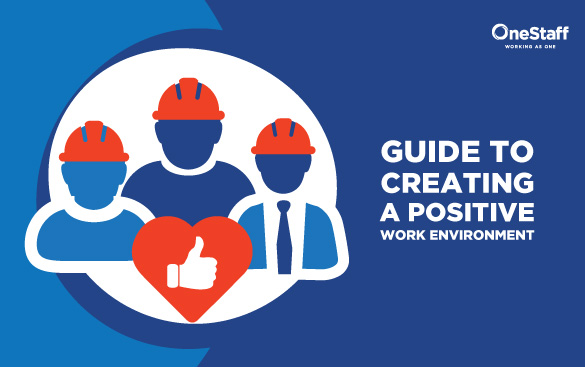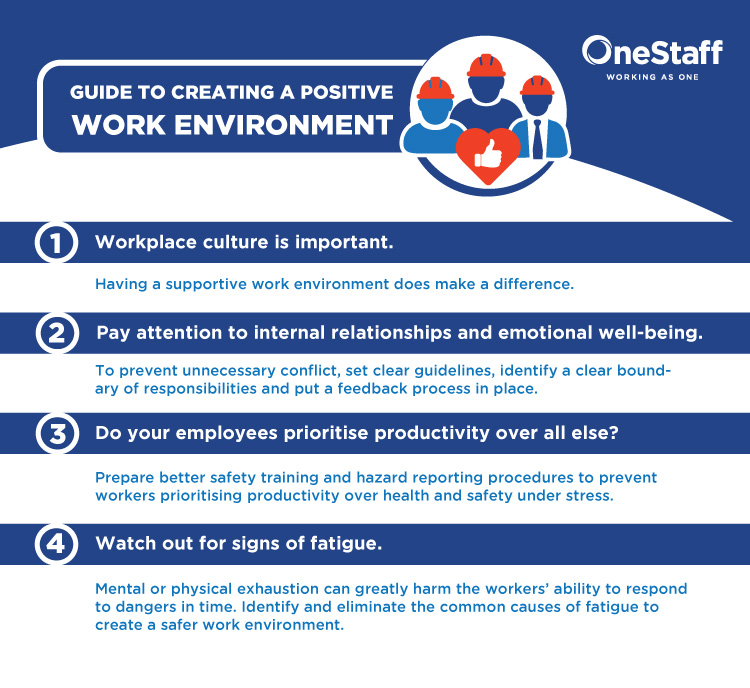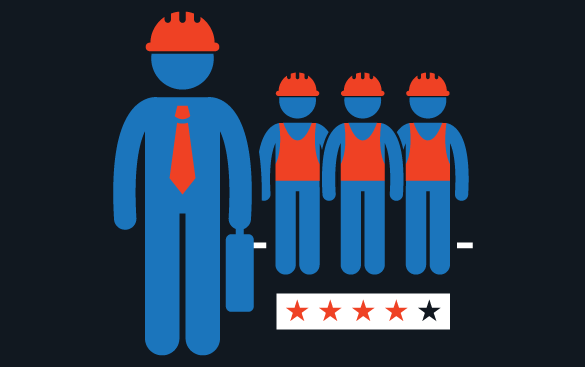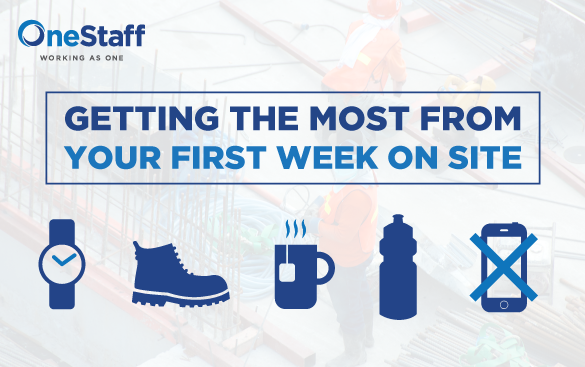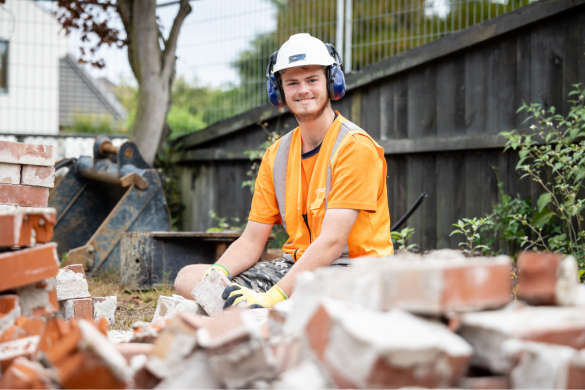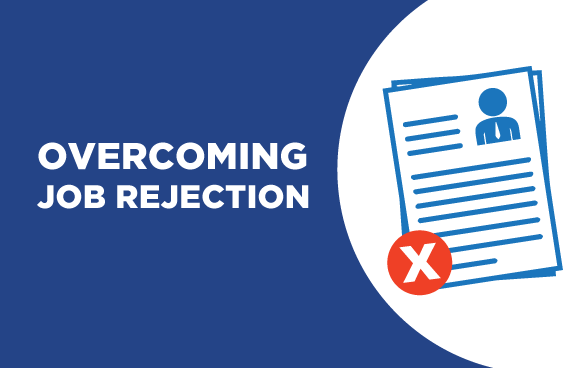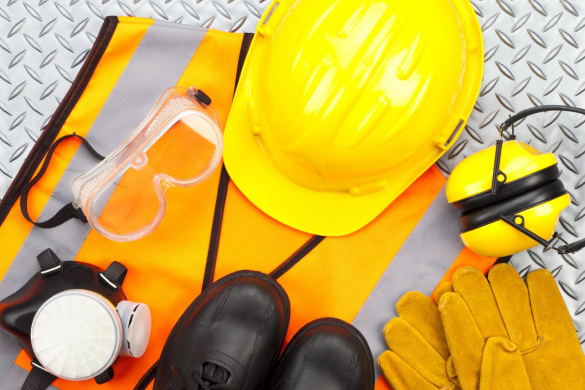When we speak to our candidates, we’re often told that a supportive work environment makes all the difference. Many surveys also reveal the importance of a great work environment, with happy employees being 12% more productive and outperforming their competition by 20%. 36% are even willing to be paid less if it meant they would be happier at work. This shows that a positive work environment can help you attract and retain top candidates in the labour market, and it doesn’t have to cost a lot of money to create better workplace culture.
Pay Attention to Internal Relationships and Emotional Well-being
A culture of support, creativity, and openness begins with positive interaction between colleagues. The relationship between managerial staff and team members is the foundation of a work environment that encourages both personal and professional growth. If your employees are against the management, then they are less likely to be proactive with their duties, and mistakes may be hidden just to avoid immediate confrontation. However, the employers must be aware that although most construction workers are experts in teamwork, even like-minded people can have disagreements from time to time. As the employer, you can prevent unnecessary conflict by setting clear guidelines. Identify a clear boundary of responsibilities and put a feedback process in place. This way workers are able to raise issues in a respectful, private setting. Where possible, you should also do what you can to be aware of personal circumstances that can affect your employees and show your support.
Productivity, Health and Safety, and Risk
An American report shows that construction workers may prioritise productivity over Health and Safety, believing it would reflect better on their performance reviews. Temporary and contract workers are also shown to be in a more vulnerable position, with 49% answering they are afraid to raise safety issues. This means that when the workers are under stress or facing project deadlines, health and safety procedures could easily be compromised. To build a safe and supportive work environment, the employers must prepare better safety training and hazard reporting procedures first. Although individuals must assume personal responsibility for their own safety, those in management positions should do what they can do to address the concerns of all employees. It’s a good idea to seek input for the overall Health and Safety plan by appointing Health and Safety Representatives and arranging committee meetings.
Watch Out for Signs of Fatigue
Construction workers are constantly engaged in high-risk activities near potential hazards. In order to remain safe, workers must be alert, and mental or physical exhaustion can greatly harm the workers’ ability to respond to dangers in time. Watch out for signs of fatigue to reduce mistakes, workplace accidents, and injuries. When a single employee reaches the limit of their capacity, it can affect the entire team on the site as someone will have to step in to bear the extra burden. To maintain a positive work environment, employers must take more control over the well-being of everyone on site. Signs of burnout may be hard to detect unless you work closely with the supervisors on the site.
However, the causes of fatigue are easy to identify. Long hours of work, irregular shifts and frequent night shifts, sleep disruption, exposure to extreme weather conditions, tight deadlines and demanding workloads are all major culprits behind workplace fatigue. You can remove those causes from the work environment by designing rosters that allow for flexibility and a proper sleep cycle. If you already have a carefully thought out roster in place, your next step is to make sure employees are taking adequate breaks between tasks. Although recent legislation changes don’t require breaks to be any specific length, employees are entitled to rest and meal breaks that will allow them to rest and refresh sufficiently. However, although this legislation has changed, if employees’ specific employment agreements state certain lengths, then these must be adhered to. Machinery breakdowns, sickness, resignation and stormy weather are a few of unforeseen circumstances that can affect productivity and make deadlines impractical. By taking such factors into account, employers can avoid setting impractical deadlines and keep workloads manageable.
Summary
According to TINYpulse’s 2015 Best Industry Ranking Report, any leader, or any company, has the power to transform workplace culture for better. The Construction industry already outperforms any other industries when it comes to employee satisfaction. Construction workers in general have great relationships with colleagues and are satisfied with their work and projects, so it only takes a little supervision and mutual respect to create an outstanding work environment.
OneStaff is committed to creating a better work culture for everyone, and ensuring all of our candidates are happy at work. If you have any other questions, get in touch with us today.
